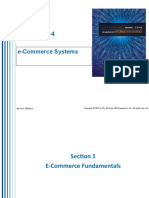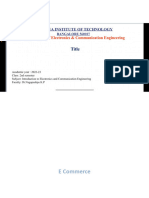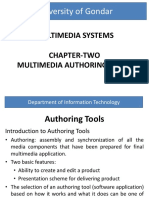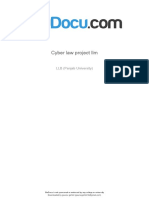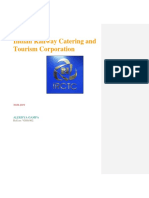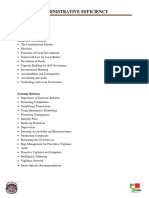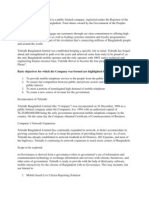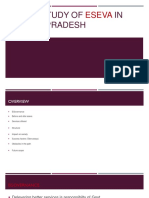0% found this document useful (0 votes)
24 views2 pagesInternet Technologies and E-Commerce Lecture Note
The document provides an overview of E-Commerce and Internet Technologies, detailing types of E-Commerce such as B2C, B2B, and C2C, along with key technologies like networking, web technologies, and transaction systems. It discusses the infrastructure required for E-Commerce, security threats and solutions, various business models, advantages, challenges, and future trends like AI, blockchain, and sustainable practices. Overall, it highlights the essential components and considerations for successful online commerce.
Uploaded by
Tesfahun MaruCopyright
© © All Rights Reserved
We take content rights seriously. If you suspect this is your content, claim it here.
Available Formats
Download as DOCX, PDF, TXT or read online on Scribd
0% found this document useful (0 votes)
24 views2 pagesInternet Technologies and E-Commerce Lecture Note
The document provides an overview of E-Commerce and Internet Technologies, detailing types of E-Commerce such as B2C, B2B, and C2C, along with key technologies like networking, web technologies, and transaction systems. It discusses the infrastructure required for E-Commerce, security threats and solutions, various business models, advantages, challenges, and future trends like AI, blockchain, and sustainable practices. Overall, it highlights the essential components and considerations for successful online commerce.
Uploaded by
Tesfahun MaruCopyright
© © All Rights Reserved
We take content rights seriously. If you suspect this is your content, claim it here.
Available Formats
Download as DOCX, PDF, TXT or read online on Scribd
/ 2















































